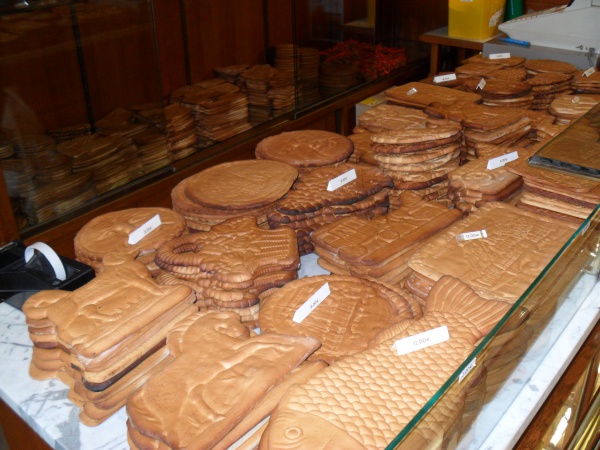Facts About Couque de Dinant
The Couque de Dinant is a distinctive, hard, sweet biscuit originating from the southern Belgian city of Dinant in Wallonia. This traditional delicacy is crafted from just two ingredients: equal parts wheat flour and honey. Notably, the recipe excludes water and yeast.
The dough is pressed into elaborate shapes using wooden molds carved from pear, walnut, or beech trees. These molds exhibit designs ranging from animals and flowers to scenic landscapes. Once shaped, the biscuits are baked at a high temperature, causing the honey to caramelize, which imparts the Couque de Dinant with its characteristic hardness and an almost indefinite shelf life.
There is also a softer, sweeter variant known as Couque de Rins, which incorporates sugar into the dough. Due to the extreme hardness of the original Couque de Dinant, it is not meant to be bitten into directly. Instead, it should be broken into smaller pieces for consumption. You can bite, suck, let it melt in your mouth, or even dip it in coffee. Traditionally, these biscuits were given to teething babies to soothe their gums.
The Couque de Dinant is especially popular around Saint Nicholas Day in December and experiences a surge in sales during the summer tourist season in Dinant.
A captivating legend surrounds the origin of the Couque de Dinant. It is said that during the sacking of Dinant in 1466, the townspeople were left with only flour and honey. They created a firm dough and pressed it into patterns inspired by local brasswork. While the precise origins are somewhat unclear, it is generally believed that the Couque de Dinant emerged in the 18th century.
Today, these biscuits are enjoyed throughout Belgium. They also serve as charming decorations, Christmas tree ornaments, and thoughtful gifts for special occasions.

 Luxembourg
Luxembourg